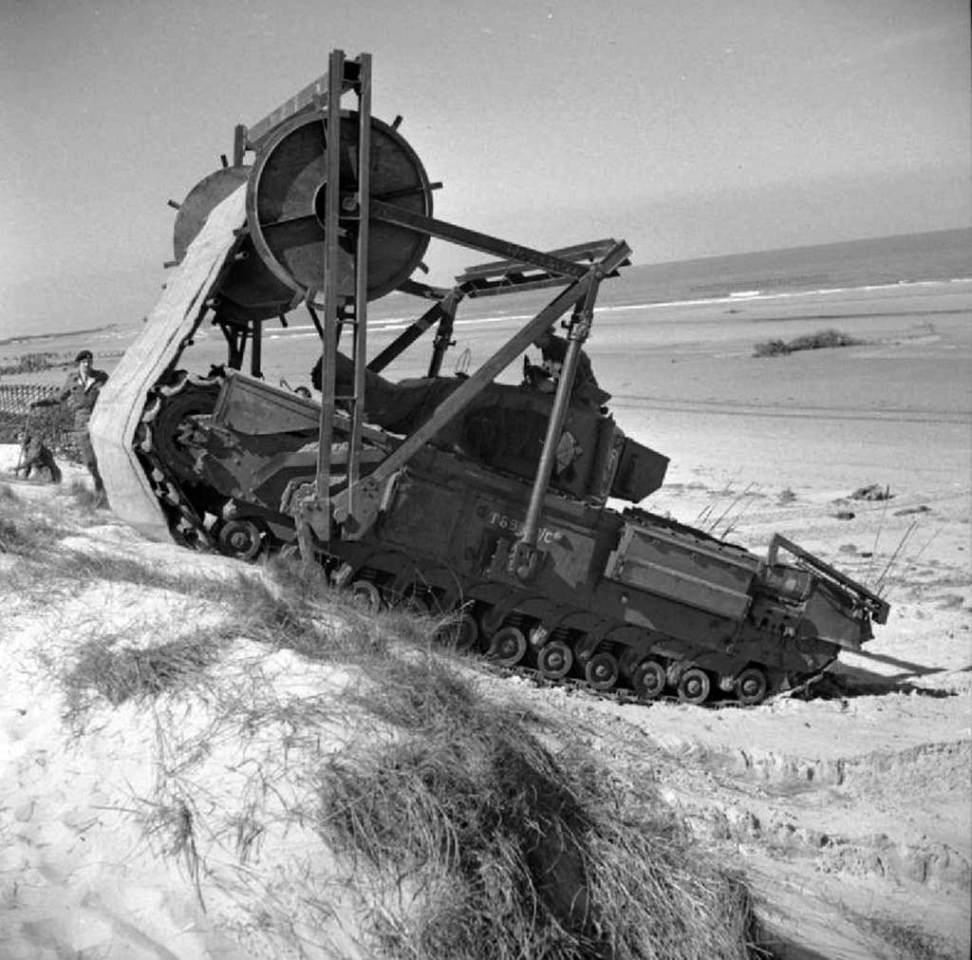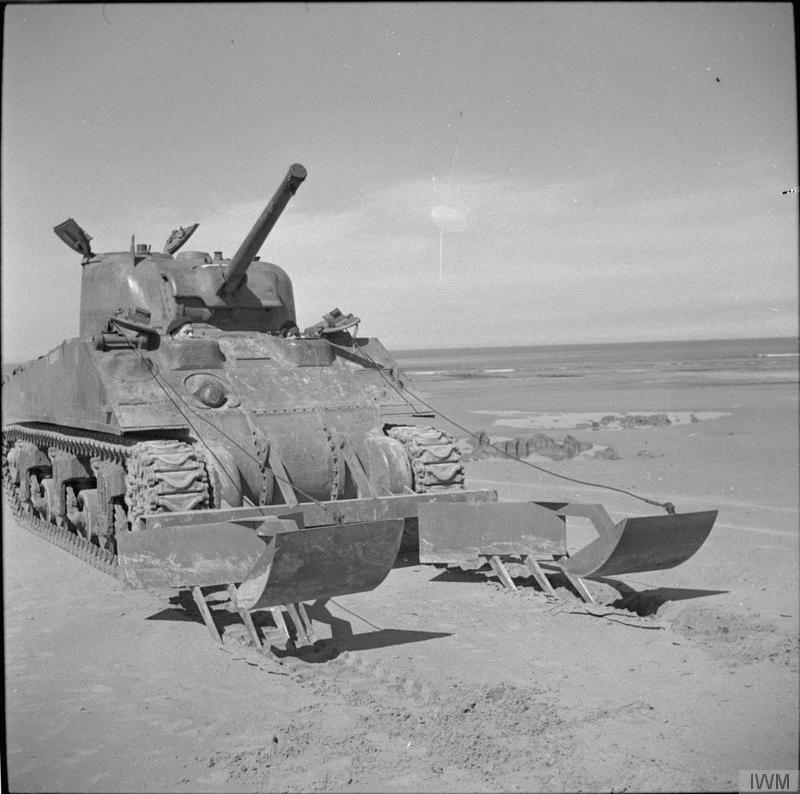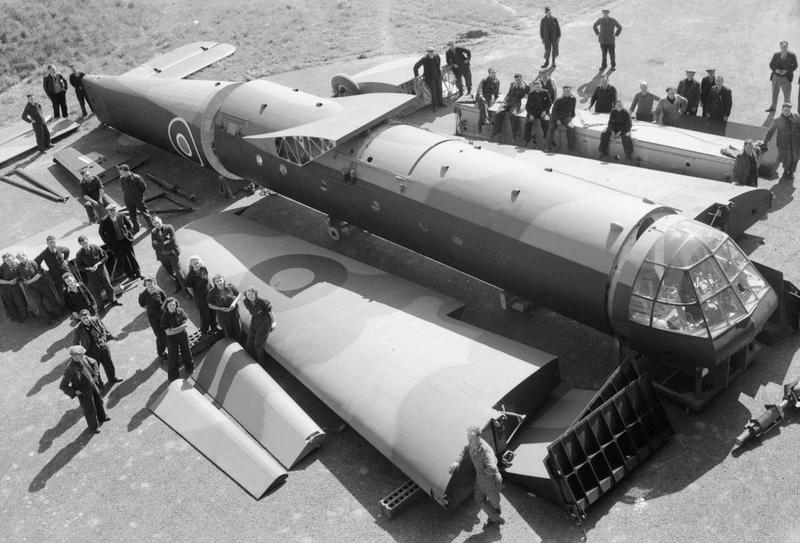Air Operations, Carolines
- 5th Heavy Bomb Group B-24s attack the Woleai Atoll.
- VII Bomber Command B-24s attack Ponape Island while returning to Kwajalein from the airfield at Momote on Los Negros following their epic incursion into the Mariana Islands on the night of April 24th.
- During the night, VII Bomber Command B-24s attack the Truk Atoll.
Air Operations, CBI
BURMA- 9 7th Heavy Bomb Group B-24s attack rail facilities at Mandalay.
- 3 B-24s attack Akyab.
- 3 B-25s and 70 fighter-bombers attack numerous targets at Kamaing, Mogaung, and throughout the Mogaung Valley.
- 18 A-31s attack Japanese Army positions near Buthidaung.
- 6 459th Fighter Squadron P-38s attack targets on the Tiddim road.
- 9 P-38s attack storage area and aircraft hangars around Mandalay.
- 14th Air Force P-40s on an armed reconnaissance mission attack numerous targets between Lashio and Man Kat.
- In the first engagement of its kind, 6 Ki-43 'Oscar' fighters attack a 444th Very Heavy Bomb Group B-29 transporting supplies to China via the Hump ferry route. 1 B-29 crewman is wounded and the airplane is damaged, and 1 'Oscar' is probably downed.
- 24 308th Heavy Bomb Group B-24s, escorted by 12 81st Fighter Group P-47s, in their combat debut, and 10 23rd Fighter Group P-51s, abort in the face of bad weather while on their way to attack a bridge near Chungmow.
- 3 10th Air Force A-31s attack a Japanese Army headquarters at Kohima.
Air Operations, Europe
A US raid on Brunswick returns home without any aircraft losses or sight of enemy aircraft. Overcast conditions are considered to be part of the reason for the Germans not flying, but poor radar intelligence and a lack of serviceable aircraft and trained pilots also contributes.
RAF BOMBER COMMANDEvening Ops:
- 493 aircraft are sent to Essen. In this total are 342 Lancasters, 133 Halifaxes and 18 Mosquitos.
- The Bomber Command report states that this is a good raid, based on accurate Pathfinder marking.
- 6 Lancasters and 1 Halifax are lost.
- 206 Lancasters and 11 Mosquitos of No. 5 Group and 9 Lancasters of No. 1 Group are sent to Schweinfurt.
- This raid is a failure. The low-level marking provided for the first time by Mosquitos of No. 627 Squadron is not very accurate. Unexpectedly strong head winds delay the Lancaster marker aircraft and the main force of bombers. German night fighters carry out fierce attacks during this portion of the raid. The bombing is not very accurate and most of the bombs fall outside Schweinfurt.
- 21 Lancasters are lost.
A Victoria Cross is awarded after the war to Sergeant Norman Jackson, a flight engineer in a Lancaster of No 106 Squadron which is shot down near Schweinfurt. The Lancaster is hit by a German night fighter and a fire starts in a fuel tank in the wing near the fuselage. Sergeant Jackson climbs out of a hatch with a fire extinguisher, with another crew member holding the rigging lines of Jackson's parachute which had opened in the aircraft. Sergeant Jackson loses the fire extinguisher and, as both he and his parachute rigging were being affected by the fire, the men in the aircraft let the parachute go. Sergeant Jackson survives, though with serious burns and a broken ankle received on landing with his partially burnt parachute. The remainder of the crew bales out soon afterwards.
- 217 aircraft including 183 Halifaxes, 20 Lancasters and 14 Mosquitos of Nos. 4, 6 and 8 Groups are sent to Villeneuve St Georges.
- 1 Halifax is lost.
- 16 Mosquitos are sent to Hamburg, 10 Stirlings to Chambly, 16 Halifaxes and 6 Stirlings lay mines off the Dutch coast and in the Frisians, 10 aircraft are involved in Resistance operations, and there are 12 RCM sorties, 20 Serrate and 13 Intruder patrols and 21 OTU flights.
- 1 Serrate Mosquito is lost.
FRANCE:
- 33 55th Fighter Group P-38s, guided by a 'droopsnoot' model, attack the Le Mans Airdrome in the morning.
- 24 352nd Fighter Group P-51s dive-bomb the Cormeilles-en-Vexin Airdrome in the afternoon.
- 43 P-47s and 47 P-51s that were to have escorted B-17s to Cologne conduct sweeps over France.
- After being diverted from their primary target by heavy overcast, 165 1st Bomb Division B-17s and 127 3rd Bomb Division B-17s attack aircraft-industry targets at Brunswick.
- 47 3rd Bomb Division B-17s drop their bombs between Hildesheim and Hannover.
- Unable to reach Paderborn, 238 2nd Bomb Division B-24s return to England with their bombs.
- 62 1st Bomb Division B-17s dispatched to Cologne are recalled while still over the English Channel because of an adverse weather report.
- Escort for the heavy bombers is provided by 554 USAAF fighters.
- 5 fighters are lost with their pilots over the Continent, 2 are lost with 1 of their pilots in a midair collision over their base
GERMANY:
- Approximately 125 IX Bomber Command B-26s attach the Plattling Airdrome.
ITALY:
- XII TAC P-47s attack road and rail targets of opportunity, the landing ground at Canino, a marshalling yard at Leghorn, and a fuel dump.
Air Operations, New Guinea
- 13 V Bomber Command B-24s attack Awar Point.
- More than 120 B-25s and A-20s attack airfields, troop concentrations, and other targets in the Wewak area.
- 20 V Fighter Command P-47s and P-39s attack bridges and targets of opportunity in the Madang area.
- 8 P-39s attack dumps, road traffic, and occupied villages around Bunabun.
- Throughout the day, US Navy F6Fs down 5 G4M 'Betty' bombers and 1 Ki-45 'Nick' fighter over the Hollandia area.
- Following two days of bad weather, 12 17th Reconnaissance Squadron B-25s are able to drop supplies to isolated US Army ground troops around Hollandia.
Arctic
The British Home Fleet in which Adm Sir Henry Moore leads the battleship Anson and 6 carriers, tries again to attack Tirpitz, but bad weather intervenes and instead a coastal convoy is found near Bodo and 3 ships sunk.
[Battle of the Atlantic
The German submarine U-488 is sunk by the US destroyer escorts Frost (DE-144), Huse (DE-145), Barber (DE-161) and Snowden (DE-246) in the mid-Atlantic area.
| Class | Type XIV |
| CO | Oberleutnant zur See Bruno Studt |
| Location | Mid-Atlantic, NW of Cape Verde Islands |
| Cause | Depth charge |
| Casualties | 64 |
| Survivors | None |
CBI
INDIAThe Allied XXXIII Corps begins a major pincer action to take Kohima. From the north the 5th Bde begins attacking the Japanese right flank; from the south, the 4th Bde begins to hook upwards toward GPT Ridge.
[Mediterranean
British Combined Forces officers capture Gen Heinrich Kreipe, commander of the 22nd Panzergrenadier Div, in Crete and take him to Cairo.
[New Guinea
In the Hollandia area the US 21st Infantry, moving from Tanahmerah Bay, occupies Hollandia airfield and links up between Weversdorp and the airfield with the units that landed at Humboldt Bay . The 186th Infantry Regiment of the 41st Infantry Division captures the Cyclops and Sentari airfields. The supply situation improves as clearing weather permits airdrops. The Australian 5th Division in the east take Alexishafen.
[Pacific
- The Japanese submarine I-180 is sunk by the US destroyer escort Gilmore (DE-18) southwest of Cherikof Island, Aleutians.
- The US submarine Bonefish (SS-223) sinks the Japanese transport Tokiwa Maru (805t) at the entrance to Davao Gulf.
- The US submairne Guavina (SS-362) attacks a Japanese convoy off Miko Jima and sinks the transport Noshiro Maru (2333t).
- The US submarine Jack (SS-259) intercepts the Japanese TAKE No. 1 convoy off the west coast of Luzon and sinks the army transport No.1 Yoshida Maru No.1 (5425t) and damages the army cargo ship Wales Maru.
- The US submarine Sargo (SS-188) attacks a Japanese convoy off Ichiye Zaki, Honshu, and sinks the army cargo ship Wazan Maru (4851t).
Images from April 26, 1944
|
|
Churchill AVRE Laying Bobbin |
 |

